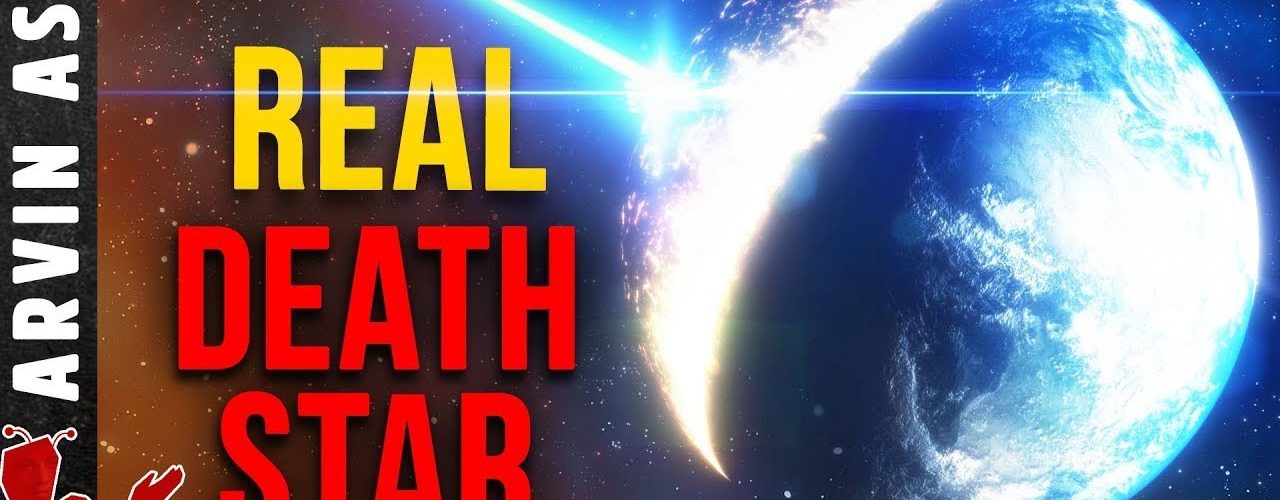Stars represent a celestial battle of two opposing forces, gravity trying to collapse the star, and radiation pressure trying to explode the star. But it comes to an end close to the time that it runs out of fuel. Gravity then collapses the star. If the star is extremely large, at least 30 times as massive as the sun, a massive explosion so enormous that its power is second only to the Big Bang itself. This is called a hypernova.
This can be detected because it sends out a gamma ray burst, which are the most powerful and energetic form of electromagnetic radiation known. If such a hypernova burst occurs even 200 light years from us, it would fry our atmosphere, and end life on earth. And we would not see it coming because the gamma ray beam would be traveling at the speed of light. The moment we saw it hit us, it would kill us.
All the stars you see in the sky, including the sun started out in a cloud of dust and gas in a stellar nursery. Gravitational forces cause these clouds to condense and contract, increasing the density and temperature at their cores. As the cloud contracts further, it forms a dense, hot core called a protostar. It starts to shine when the core reaches 10 million degrees Celsius.
Eventually the core of the star runs out of hydrogen. Then the star can no longer hold up against gravity. Its inner layers start to collapse, which squishes the core, increasing the pressure and temperature in the core. While the core collapses, the outer layers of material in the star to expand outward into a red giant. But for massive stars greater than 8 times the mass of our sun, they explode in a supernova. And for larger stars greater than 30 times the mass of our sun, they explode into a hypernova.
The core of such stars collapses to a black hole with gamma rays emanating from its poles. What distinguishes this explosion from other supernova explosions is first that they are 10 to 100 times more powerful than a supernova, and that they result in a collimated, or narrow beam of gamma rays, similar to a laser that travels across the universe. These gamma ray bursts can last anywhere from fractions of a second to hours.
A typical burst releases as much energy in a few seconds as the Sun will release in its entire 10-billion-year lifetime. They are rare. A few such bursts occur per galaxy every million years. But since there are at least 200 billion galaxies in the universe, a few hundred thousand of these occur every year somewhere in the universe. About one gamma ray burst is detected every day on earth . But so far, every burst we have detected has occurred outside of our own galaxy.
How does a narrow beam of gamma rays form? Shouldn’t these photons be emitted spherically, just like the way that the matter is expelled from a hypernova? When scientists first discovered these gamma ray bursts, calculations showed that the source of the explosion would have more energy than the big bang itself, which was not possible. But this calculation was based on a spherical photon burst, not a contained narrow burst.
The hypothetical mechanism is the following: The rapid rotation of the dying star twists up its magnetic field. This means that the easiest path of escape for any of the charged particles being ejected from the supernova is along a narrow beam at the poles of rotation, since the magnetic field can’t get as tangled in that direction. The twisted magnetic field causes the electrons to travel in a kind of helix. The rapid change of direction produce high energy photons, or gamma rays.
A hypernova is the most energetic event in the universe, exceeded only by the Big Bang. If it is pointed directly at us within our galaxy at about 200 light year or closer, it would cause a global extinction event. Since they travel at the speed of light, we would have no warning. We and the earth would just fry with no warning whatsoever.
#supernova
#hypernova
#kilonova







